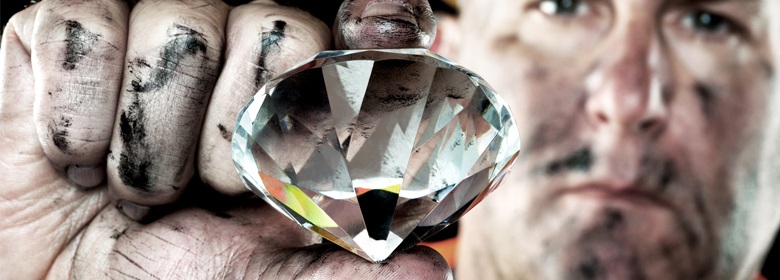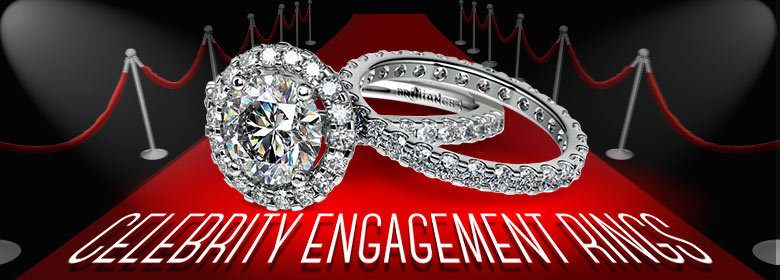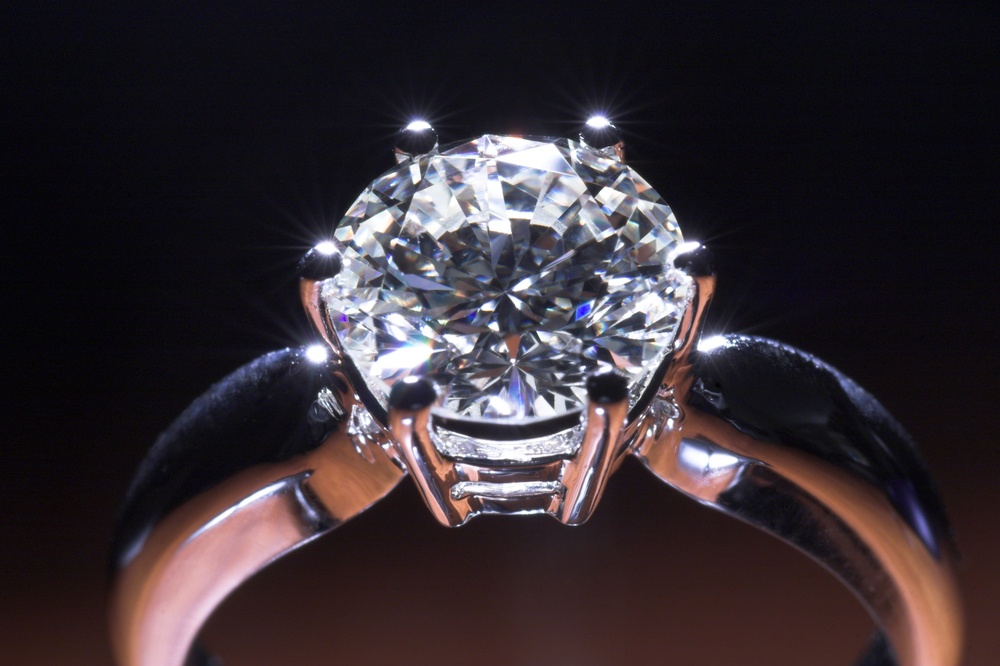Diamonds are a girl’s best friend especially natural diamonds. We’ve all heard the phrase hundreds of times yet we still seek alternatives to a diamond. Moissanite stones are a popular alternative to natural diamonds but have you ever considered why the cost of moissanite diamonds is so low? And what exactly is a moissanite diamond? Let’s explore the well-established moissanite vs diamond debate.
What is a moissanite diamond? Moissanites were discovered in a crater (created by a meteorite) in Arizona. A natural moissanite stone is extremely rare, and they are now created in laboratories. When considering a moissanite, you need to know about Color, Brilliance, Durability, Affordability and Value.
Color
Color is a big factor when comparing moissanite vs diamonds. Unlike diamonds, moissanite stones do not have a color scale, as even “colorless” stones can possess a yellow or grayish hue (this hue can lead to the stone appearing “dull” or “cloudy”). This color difference is very noticeable in sunlight, and often easily distinguishes that moissanite is not a natural gemstone or diamond. For more information on color, check out the Diamond Color Guide.
 Brilliance
Brilliance
Moissanites have a different faceting pattern than natural diamonds. A moissanite stone emits a distinctive flashy brilliance, which is a tell-tale sign that it is not a natural diamond. The larger a moissanite diamond is, the more obvious it will be that it is not a natural diamond. Most buyers are in the market for a moissanite stone for the purpose of saving money. Though, you could spend an equal amount on a smaller natural diamond and you will receive the brilliance that we all expect out of a diamond.
Durability
The Mohs Scale of Hardness evaluates the durability of a gemstone. Diamonds rank as the hardest stone with a “10”. Moissanite stones are not far behind, with a score of “9.25”. When comparing a diamond vs moissanite, both are extremely durable but once again the natural diamond comes out on top. Natural diamonds are so hard that they are often used as drill bits or even in saws. If a diamond can stand up to that kind of work, you can trust the rock on your finger will thrive through anything you put it through!
Affordability
The majority of people in the market for a moissanite are attracted to the cost. Yes, it is true that a natural diamond is more expensive than a moissanite, but we must consider why. With a moissanite, you are most likely getting a bigger stone but the quality of the stone is no comparison to a natural diamond. That is due to the moissanite being created in a lab (where many stones can be made and easily duplicated), whereas a diamond is found in it’s natural state making it more rare and unique (no two diamonds are alike). There is nothing more incredible than wearing a gemstone harvested straight from our earth. Each natural diamond is unique and stunning, just like your significant other.
Value
Lastly, an important factor of diamonds vs moissanite is value. A diamond is the most valuable element of a piece of jewelry and is considered an investment. Most expensive items we purchase will wear out over time, but a diamond is forever. Adversely, a moissanite does not hold it’s value over time the way a natural diamond does. The normal wear and tear of everyday life could also leave a moissanite diamond chipped or even broken. For this reason, it is unlikely that moissanite diamonds would be passed through generations the way that natural diamonds often are. A family heirloom can be a very valuable piece, both financially and in sentimental value.
Now you are armed with the knowledge of the differences in color, brilliance, durability, affordability and value of moissanite vs diamonds. And remember, no one ever said moissanite diamonds are a girl’s best friend.
Searching for Natural Diamonds? Look no further: http://www.brilliance.com/diamond-search





